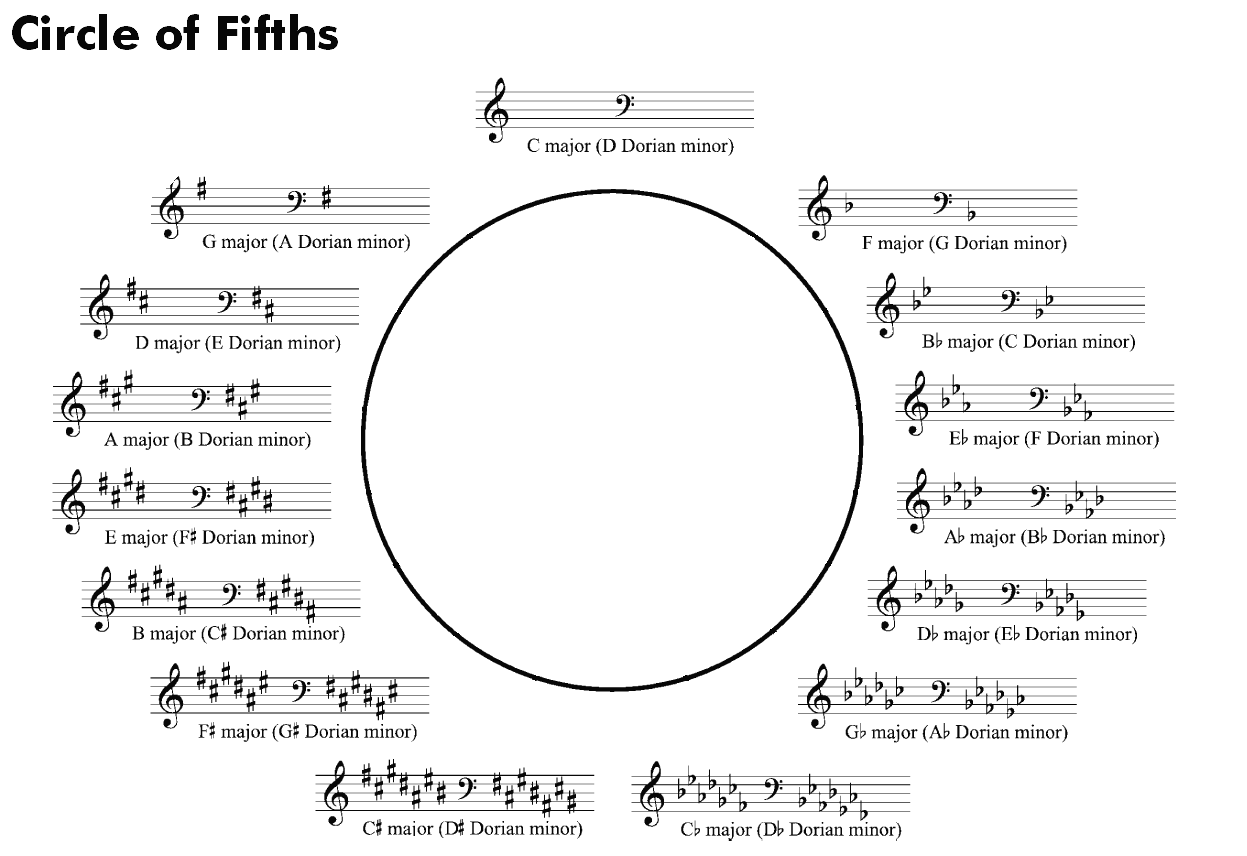

Why don’t we just learn the clarinet by playing the concert pitches? Read here for the answer. The note C that you play on the clarinet is also called the “written pitch” for the clarinet. If you play the pitch “C” on your clarinet, it will register as a B flat on your tuner. Like the trumpet, tenor saxophone, and soprano saxophone, it is in the key of B flat. The most commonly played clarinet is the “B flat” or soprano clarinet. When you play the pitch “C” on an E flat instrument, it will sound like concert E flat. When you play the pitch “C” on an instrument that is in the key of B flat, that note will sound like concert B flat. These instruments are called transposing instruments. Many instruments are in different keys, such as B flat, E flat, A, or F. That seems pretty simple, but not all instruments are in concert key. For example, if you play the note B flat on the piano, the tuner will indicate the pitch B flat. If you play a note on one of those instruments and check its pitch with a tuner, the tuner will give you the exact name of the note you are playing. The notes they play could be called the “official” pitches. Most instruments are in what we call “concert key.” The following instruments are in concert key: piano, flute, oboe, bassoon, guitar, bass, most string instruments, harp, and many others. Musical instruments exist in many different keys.

SkyLeap Music Home > Educational Tools > Clarinet Space > Frequently Asked Questions Clarinet Spaceīy Kyle Coughlin Understanding Clarinet Transposition


 0 kommentar(er)
0 kommentar(er)
